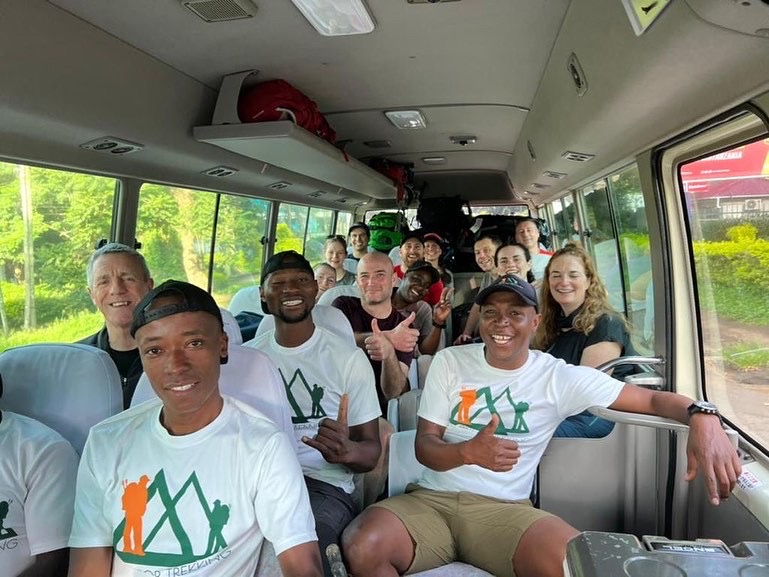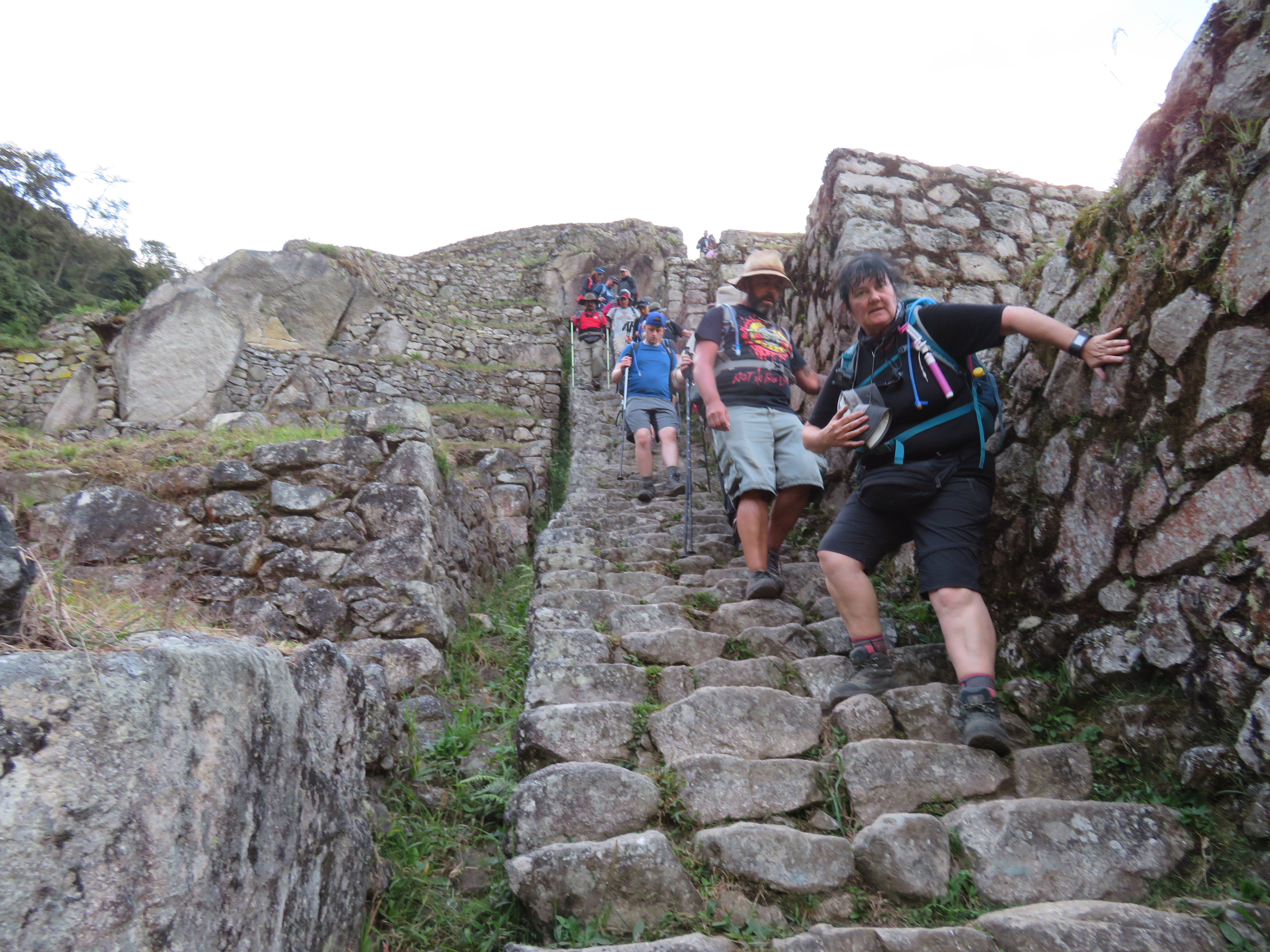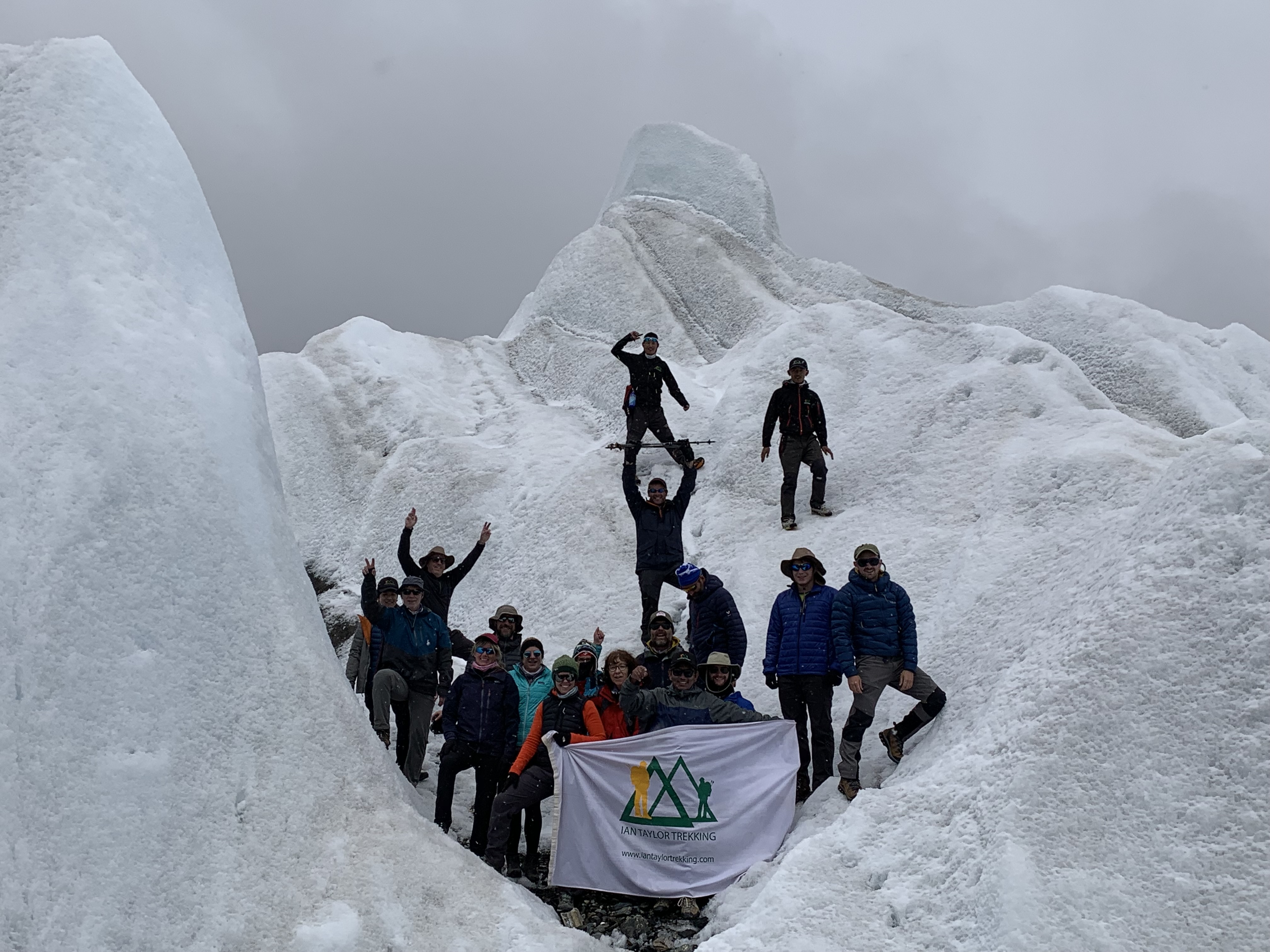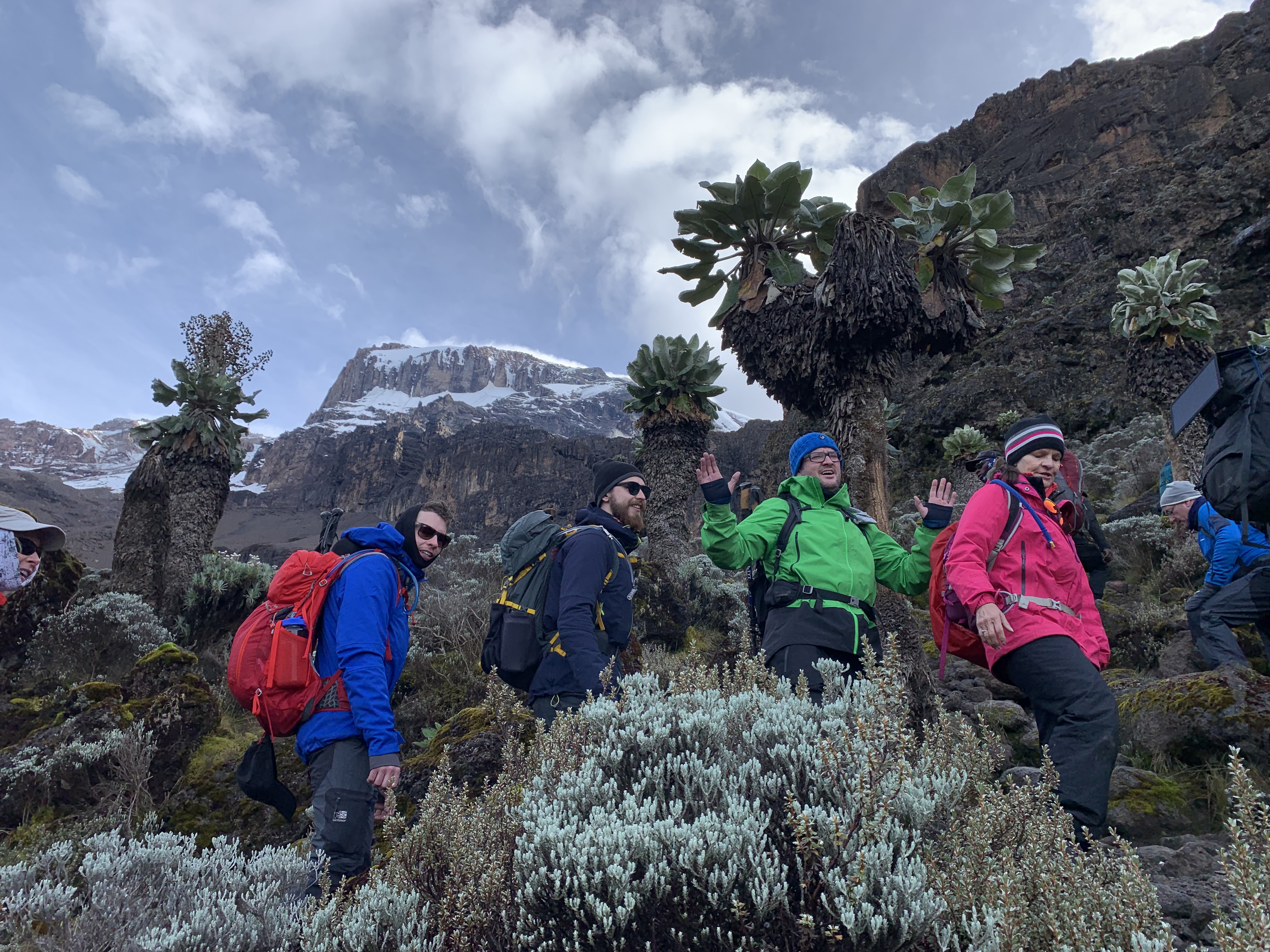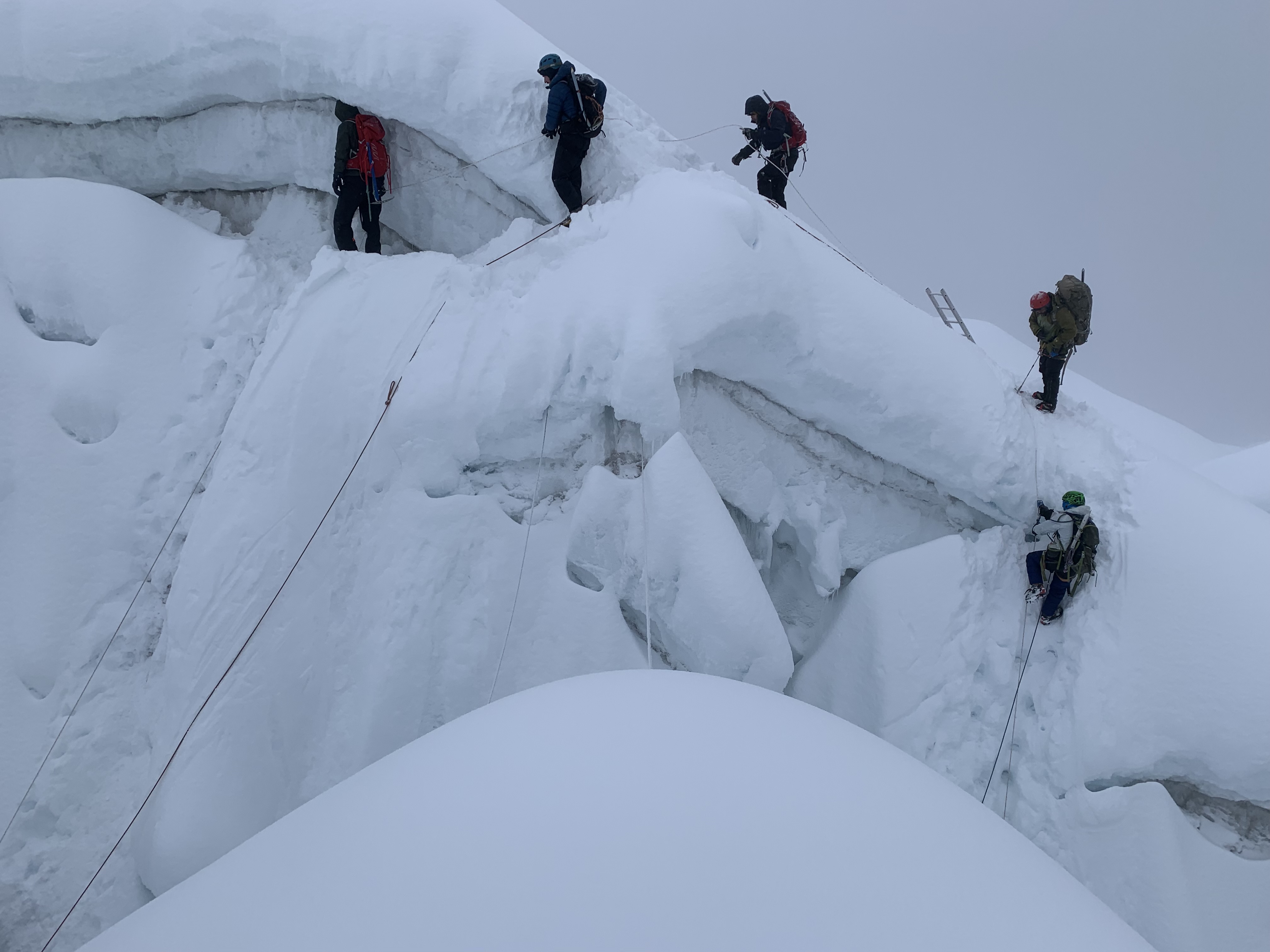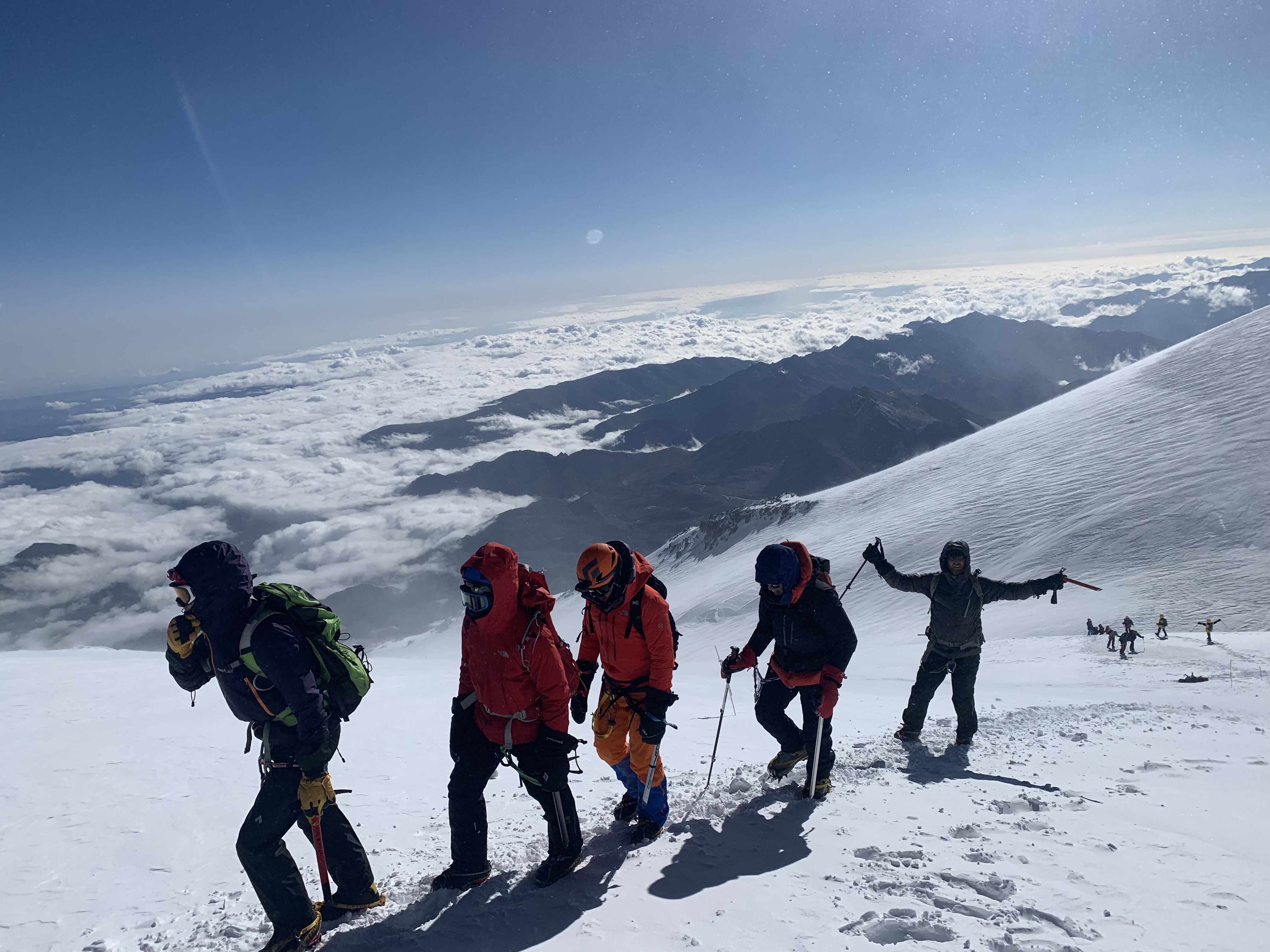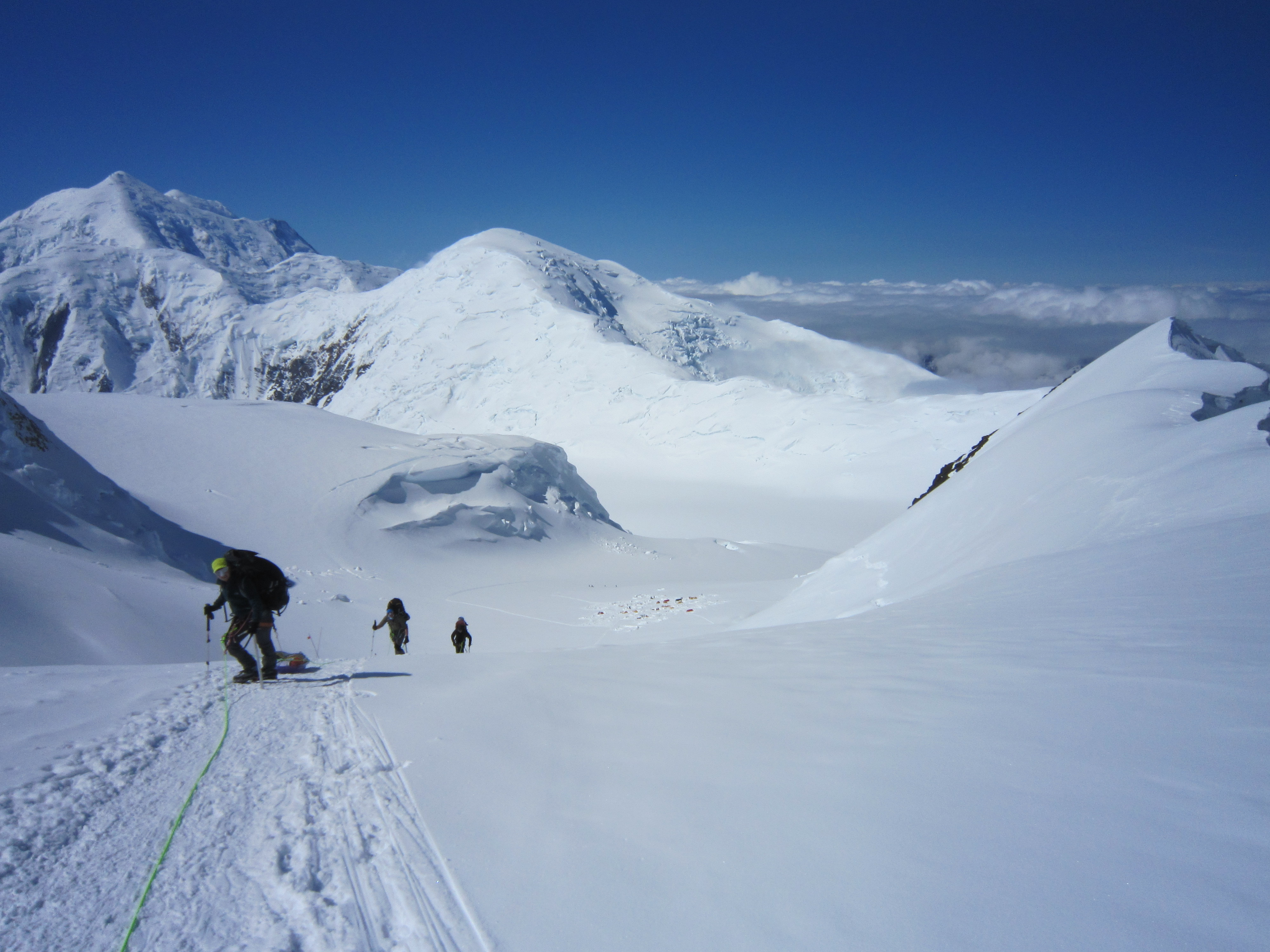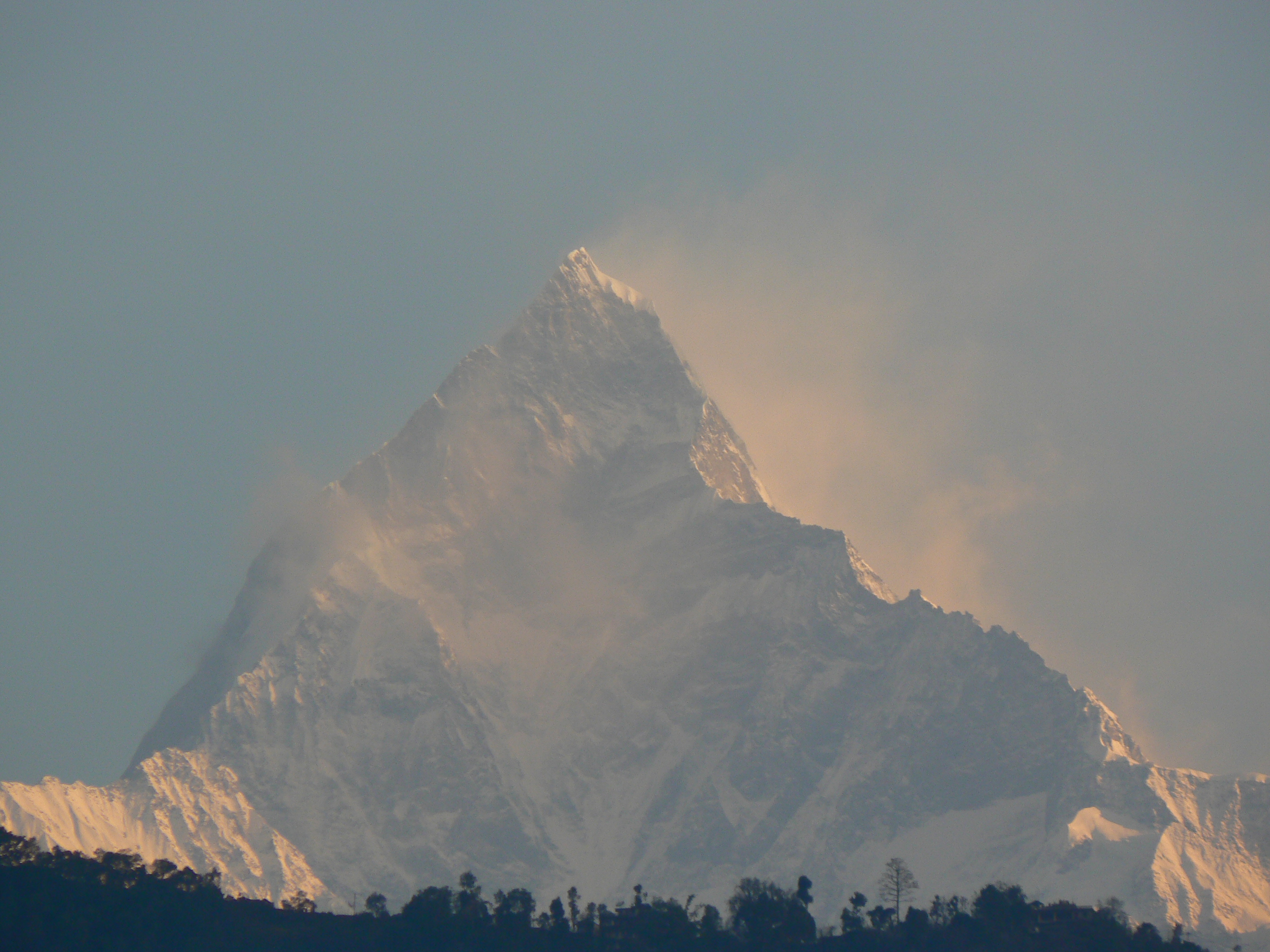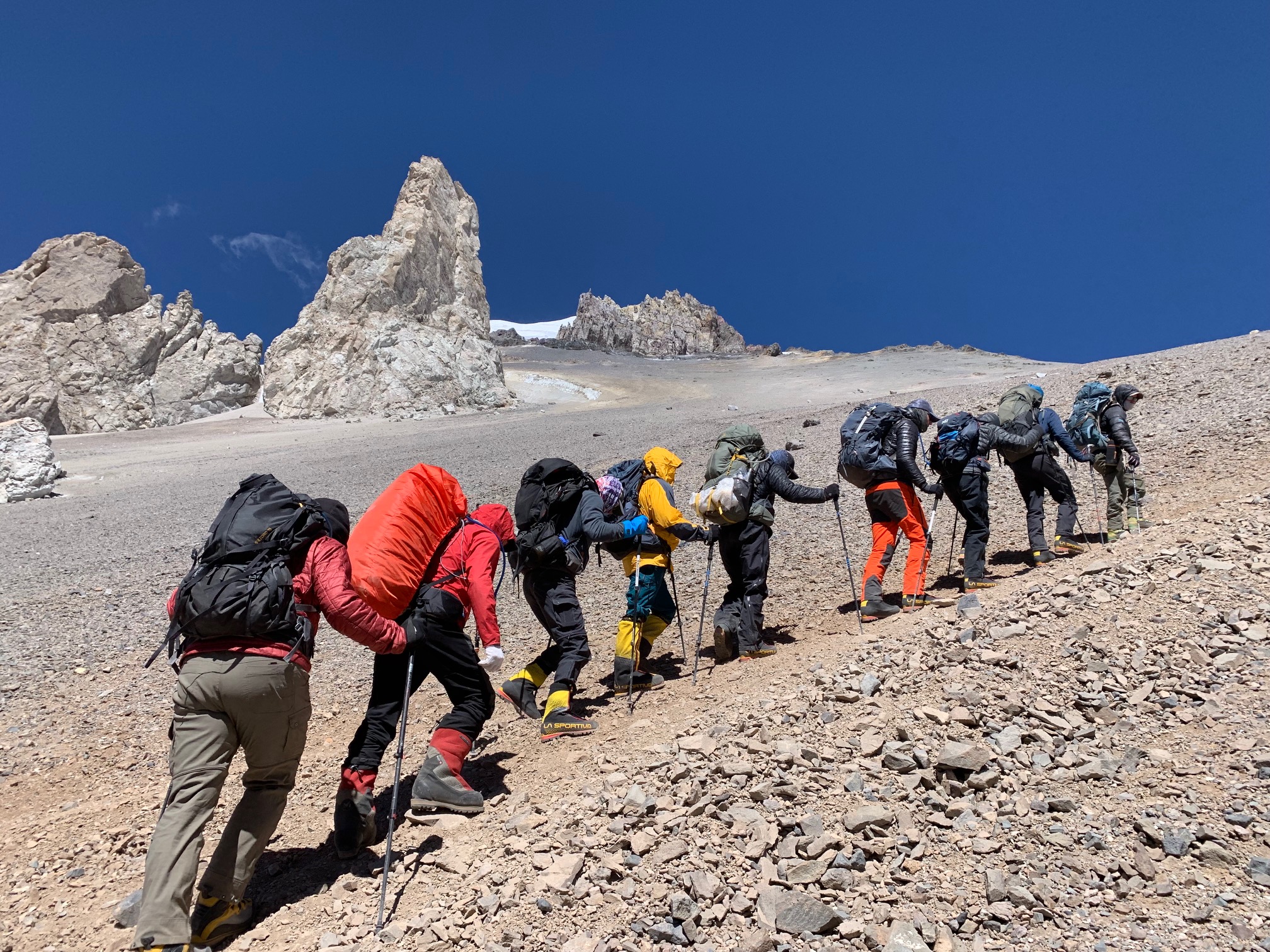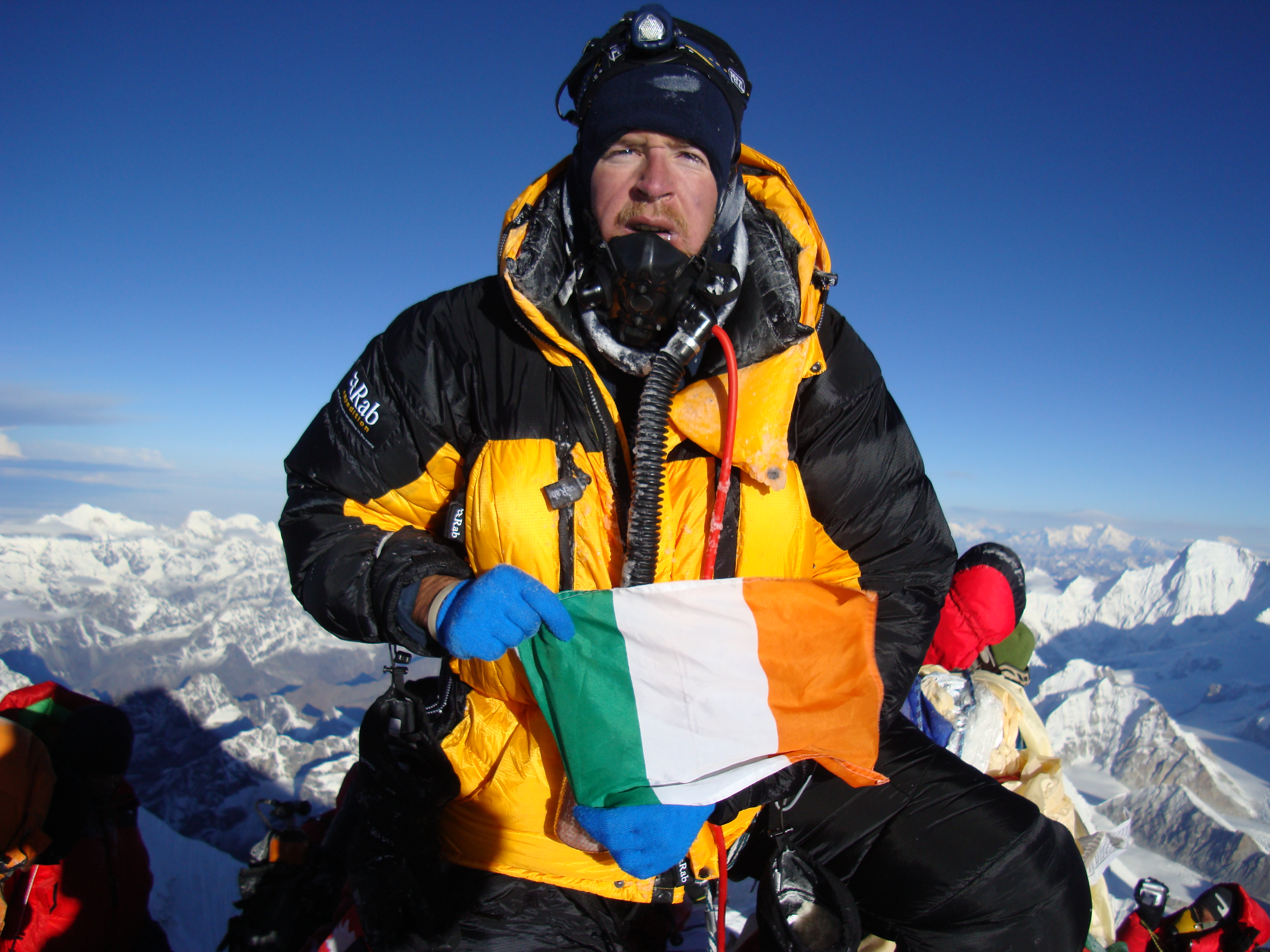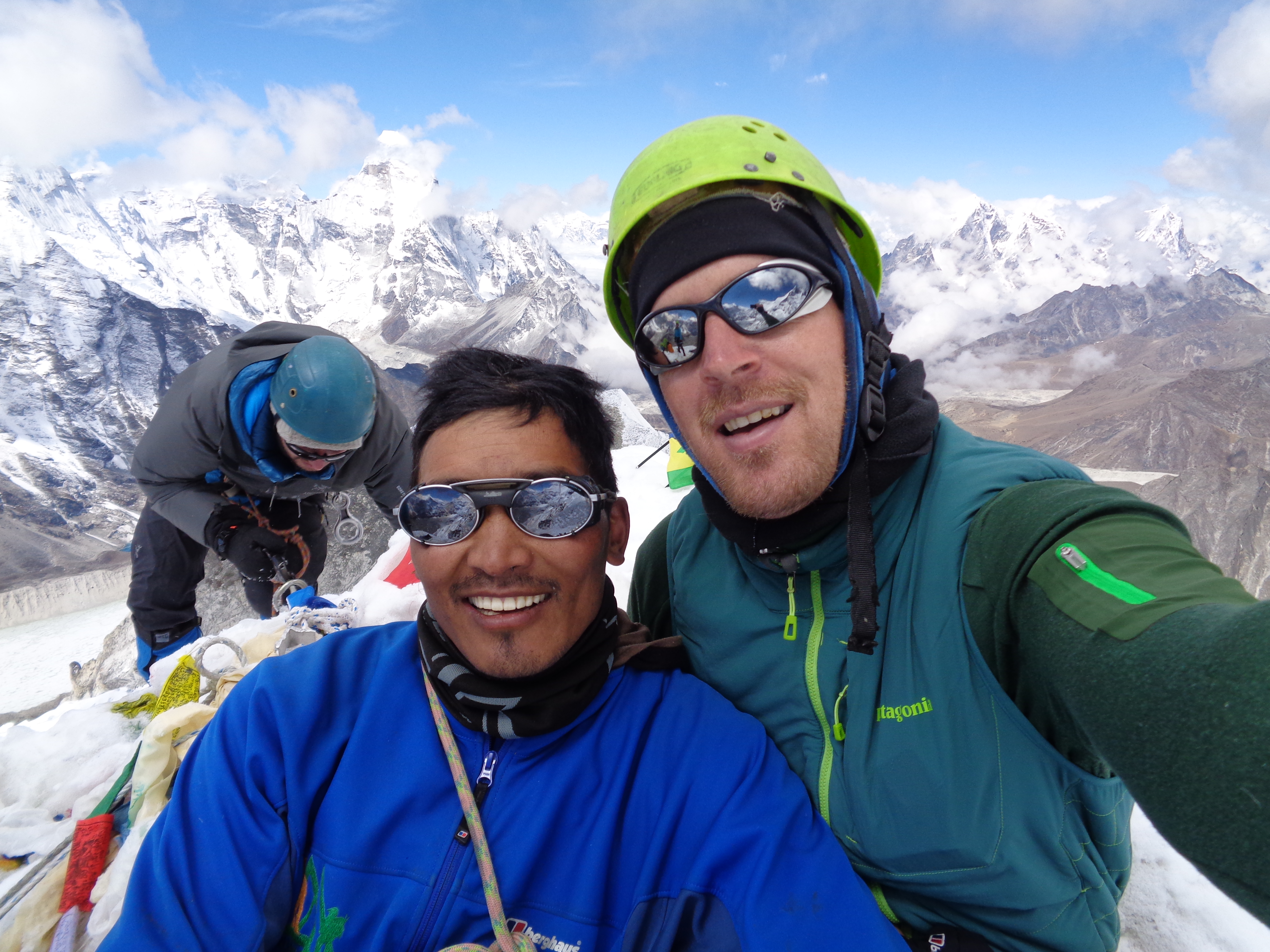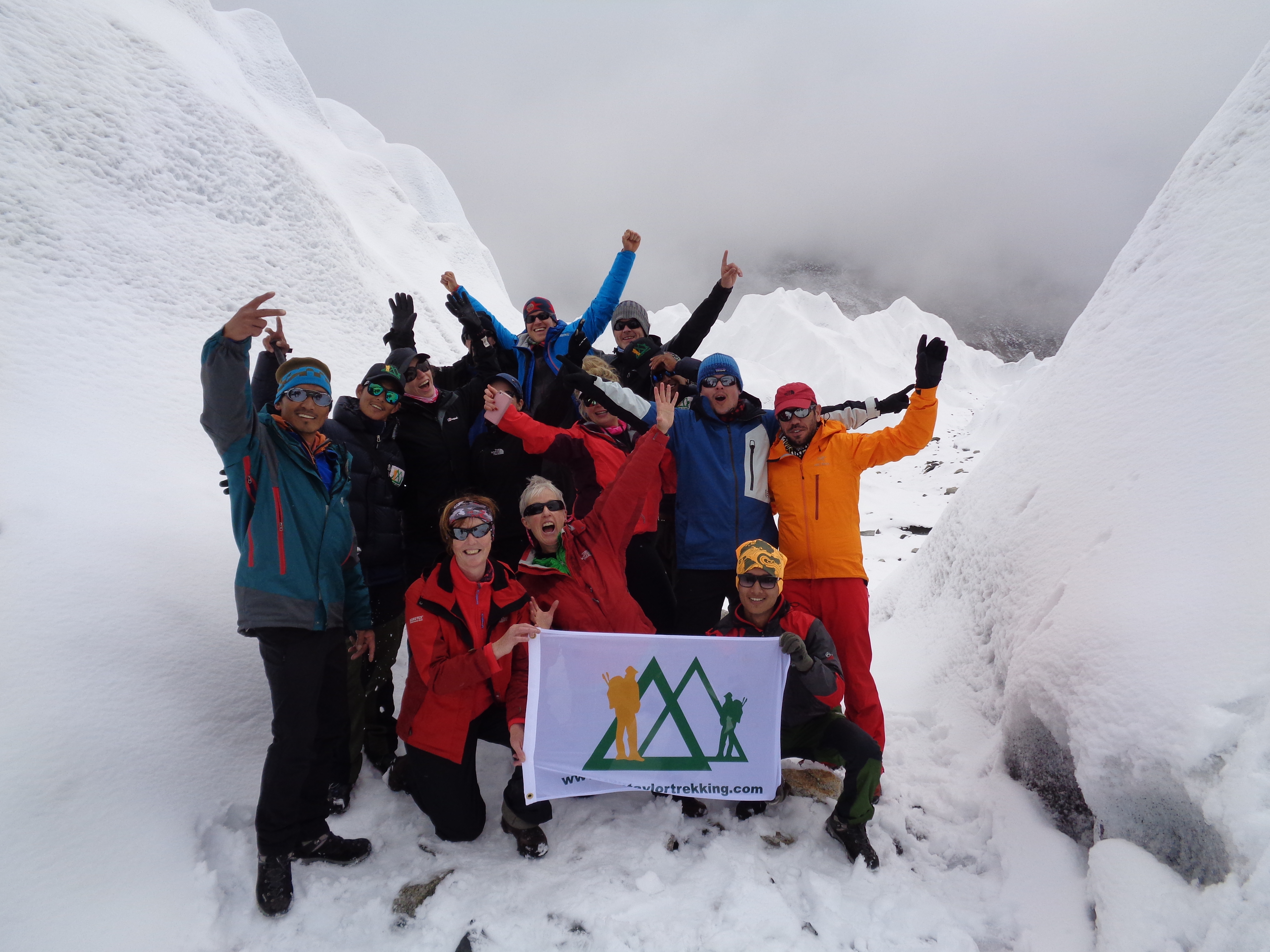Here are our training tips for trekking. At Ian Taylor Trekking, our aim is to be your number one resource in preparation for your trekking or climbing adventure. We are here to help our clients get the right information on their chosen trip.
Our Trips Require Physical Preparation
Going on a multi-day trek or mountaineering trip takes dedicated preparation and we want to make sure our clients know this. Therefore, if you are looking for an easy way out of doing the hard work it takes to prepare, then you are in the wrong place. If you follow our advice and do the training and preparations that are necessary, then you will put yourself in the best chance of being safe and successful. Also, we promise to have the best itineraries and teams out there to help you make your trip a success! Read some reviews from our trips.
Training for the Downhill
How do you train for Hiking Downhill? I have climbed Everest to the top and led over 150 expeditions above 17,000 feet. There are lots of things that make a safe and successful adventure. There is one sure thing. Once you have reached your goal, you need to be have energy and the ability to walk out after a successful trip. Learn more.
Training Tips for our Core Adventures
We have people joining our trips from all over the world. Our clients come from different countries, are of different age ranges and also have diverse abilities. Therefore, there is no ‘one size fits all’ approach to training. We are here to talk through what you need to do to be successful. Just E-mail us and we will get you moving in the right direction.
We are constantly updating our BLOG POSTS on the different trips we offer around the world, making sure all the information is up to date. However, the best way to get the information you need, is to pick up the phone and CALL US or E-MAIL US today!
1). Everest Base Camp Trek
Here is our advice for trekking to Everest Base Camp. This link will help to explain how you should be training and preparing for this amazing adventure. All our trips have three nights in Namche Bazaar, on the way to Everest. This added acclimatization on the way up the trail can make all the difference in your trip. You do need to be training four, five days a week in preparation for this trip. There are a lot of stairs, and elevation gains and descents on this trip so you need to be doing very specific training for this trip. Learn more.
2). Kilimanjaro Trips
Kilimanjaro requires a very high level of strength and endurance. The summit night and day alone are very challenging. If we leave from Kosovo Camp 4,900m/ 16,076 feet it will take five and a half hours to 6 hours to reach the summit. Then 6 additional hours to get back to Kosovo and further down to Mweka Camp. Remember there is a big difference between going to altitude and living at altitude. Here is our training advice for our Kilimanjaro Climbs. Remember, 8 days spent on the mountain offers you a safer and more enjoyable experience on this life changing and challenging, journey. Learn more.
3). Climbing Island Peak
Here is our training tips for trekking to and climbing Island Peak. Island Peak is not a trekking peak and requires very specific technical skills to be safe and successful. We have developed the best itinerary and service for climbing Island Peak. Ian had led 19 Island Peak Expeditions to date and happy to chat with you directly about this specific trip. Learn more.
4). Mera Peak
If you are thinking of joining one of our Mera Peak Climbs you will need to be training in very specific ways. We have developed a unique itinerary to Mera Peak, which offers you a more interesting trek on a circuit we know you will enjoy. The trek into Mera Peak Base Camp has a lot of variety. It also has a lot of steep stairs and steep terrain in the initial acclimatization phase. We have 3 nights in Khare to prepare for moving higher. Plus and additional 2 nights in Mera Peak Base Camp before moving to High Camp. Learn more.
5). Climbing Mount Elbrus
After years of leading Elbrus trips we have developed an itinerary to give you the best chance at reaching the summit. We like to acclimatize and hike on the northern and eastern side of Mount Elbrus before making an ascent from the safer southern side of Mount Elbrus. Here is the training we recommend for our Elbrus Climbs. We are always happy to help you develop the correct training needed for Mount Elbrus. Learn more.
6). Inca Trail Treks to Machu Picchu
We only trek along the famous Inca Trail to Machu Picchu! Check out our training advice. There are hundreds of Inca trails, however the trail we use is the traditional route to Machu Picchu. The trail has a lot of up and down on steep stairs, therefore you need to be training on stairs for this trip. We are available to help you understand the trail, elevation gains and how to fully prepare for this amazing trip. Learn more.
7). Denali Climbs
Climbing Denali is one of hardest trips we run. You will be carrying a heavy backpack and pulling a weighted sled. There are no porters to assist on this trip. Therefore, it will be important to keep this in mind when you build the correct training plan for climbing Denali. I highly recommend building up to a Denali trip over a number of years. You need to consider a range of other peaks before thinking of a Denali trip.
8). Annapurna Base Camp Trek
Trekking to Poon Hill and Annapurna Base Camp is one of our favorite treks in Nepal! Here is our training advice for Annapurna Base Camp and any trekking in the Annapurna region of Nepal. There are a lot of stairs on this trail so you need to factor this in to any training plan. Contact us and learn more about our trips and service. Learn more.
9). Aconcagua
If you are thinking about climbing Aconcagua, then you need to consider our Vacas Valley Traverse Route. Aconcagua has a Base Camp and three higher camps. You will also be load carrying team gear and your own personal equipment higher on the mountain. This is all done between 4,200m/ 13,780 feet and 6,000m/ 19,685 feet. Here is the training we recommend for your Aconcagua Expedition in Argentina. Learn more.
Learn From our Experience
We have developed complete Dossiers on all of our key trips that we offer. Once you sign up to one of our trips, then we will send over the trip Dossier to you. These documents will have links to video diaries for training, the itemized kit list, in country and arrival information, and so much more. All these documents have been prepared with years of experience to back them up, therefore giving you the highest quality of preparation and advice prior to your trip.
If you are signed up to one of our trips and you would like a FREE individual assessment just e-mail ian@iantaylortrekking.com.
Be Realistic in Your Training
Remember there are two key elements to all high altitude adventures. Firstly, you need more acclimatization in your itinerary, which we will take care of! Secondly, you need to be mountain fit, which we can help you achieve. You need to give serious consideration to your training for the specific adventure you are looking to undertake. And remember, we are here to help! We have the team in place to help give you the best information available!
We know you live a busy live. It can be difficult to set aside a few minutes a day, much less one hour, for a workout. If you are signing up to one of our trips, it is so important to rearrange your schedule to leave time for specific cardiovascular exercise, five days a week. This will improve your health, quality of life and help you enjoy your trek.
Make Cardio a Priority
A one hour+ cardio session carrying weight does not sound that appealing but critical for your safety and success. Building a weekly and monthly routine is important to build the correct level of fitness. Get up earlier each day and exercise before work, exercise in front of the TV. Recruit friends and family to work out with you. Make sure you are doing longer hikes, walking up and down hills. Building slowly over time is important.
Picking Your Cardio
Yes, weight training and flexibility are important elements of a well rounded training plan. Cardio exercises provide a multitude of physical and emotional benefits, but picking specific exercises that you both enjoy and help you achieve your trekking goals are important. You really need to enjoy your daily training sessions. You also need to ensure you are training in the correct zone. Learn more. Making sure your heart rate and breathing rate are elevated while using multiple large muscle groups together. Examples of this type of exercise, which is also called aerobic exercise, include swimming, hiking, walking, riding a bike and jogging.
You Have to Start Somewhere
Dedicating 30 minutes to cardio, five days a week is a start. You will need to keep building over time. Depending on your trip you might need to build up to 1 or 2 hours per day. You will also need to build up from 4 to 8 hour hikes once a week in prepare for your chosen adventure. Remember you need to understand your specific heart rate zone or your training sessions. Learn more. Feel free to get in touch and we can help you understand this better.
Benefits of Cardio
Stay with it! It shouldn’t take you long to note the physical and emotional changes you experience upon devoting hours a week to cardio exercise. Cardio exercise is an effective way to improve your mood and can even lift the symptoms of some cases of depression. You are improving your health which is great, keep working hard and pushing towards your goals. We will help you and look forward to hearing from you.

